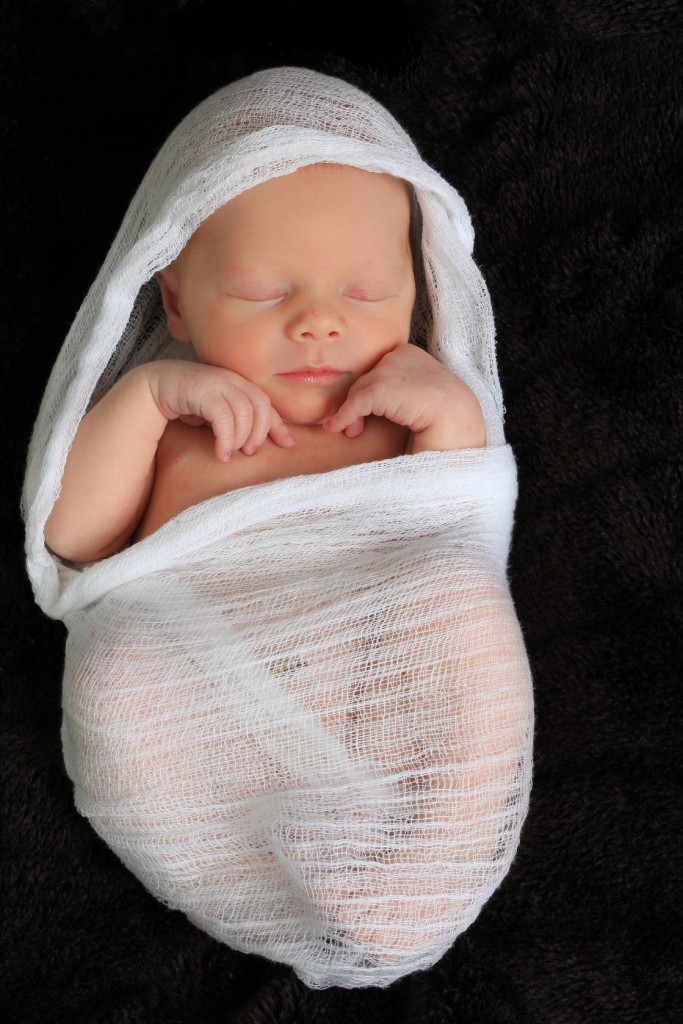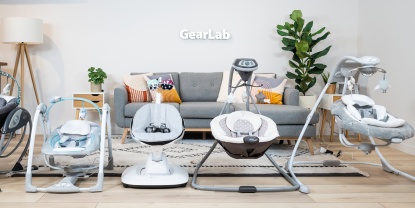By week 30, your baby is over 3 pounds and measures around 16 in; think about a head of broccoli. Your baby is now moving around more than ever, and you may have difficulty sleeping because many babies prefer to kick and flip when your body is still and sleep when your body is in motion. This off-schedule pattern often persists after the baby is born and can be part of why some babies sleep more during the day than at night for the first few weeks after birth.
This week baby's lungs continue to develop surfactant and the properties necessary for breathing on her own. Without surfactants, babies lack the key components for breathing the air outside the womb. This lack of surfactant is one of the primary reasons premature babies struggle after birth. Her eyes are also busy getting ready for life out of the womb. Her pupils will begin to dilate in response to the light inside the uterus, and she will take on a new interest in "seeing" her surroundings even though her eyesight is weak at this stage. The Baby's eyes will often be open during activity and closed while sleeping as she unconsciously mimics real-life eye patterns. Other systems are also developing, and she will potentially be moving around with increased vigor.
Also, babies on the larger side might be running out of the room and choosing to relax in a curled-up ball, commonly called the "fetal position." Your baby may continue to assume this position after birth, and the memory of the tight confines of the womb is likely the reason that babies like being swaddled.
Reference Sources
- American Pregnancy Association - Week 30
- American College of Obstetricians and Gynecologists - How Your Fetus Grows During Pregnancy





